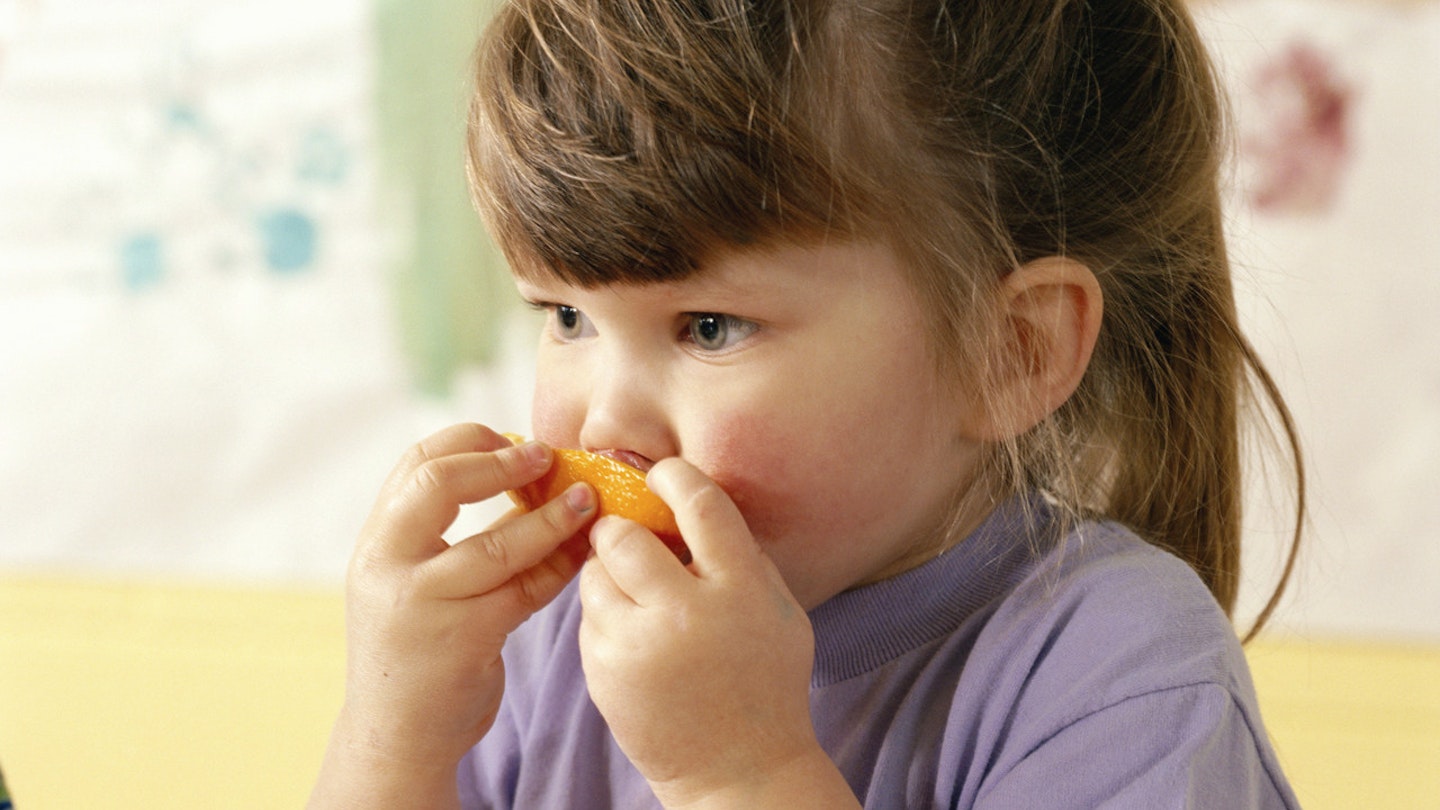When, how often and how much should your kids be eating between meals? There’s an easy way to get it right
From six months to a year, your baby should be given milk before breakfast, between meals and before bed. Sometimes, a very hungry baby will need a portion of fruit with her afternoon milk to tide her over until supper. Between-meal extras really come into their own between one and four years of age.
Toddlers need a snack halfway between every mealtime. Make one snack a fist-sized portion of carbohydrate plus a fist-sized portion of fruit or veg, and the other a fist-sized portion of protein plus a portion of fruit or veg. Remember, the portions are her fist-sized. Try a yoghurt and satsuma or a matchbox-sized portion of cheese with half an apple. If your little one is awake for more than two and a half hours after her dinner, she might need something with her bedtime milk, such as a small banana.
The right kind of treats for kids
There is, of course, a place for treats, but you need to tread a little carefully. Firstly, don’t offer them as a reward which will only undermine the healthy eating habits you are trying to teach. Instead, observe the ‘sometimes’ rule. ‘Teach them that treats are an occasional thing,’ says Melissa Little, paediatric dietician for babycare guide providers Essential Parent Company. ‘And when we say sometimes, we mean not every day otherwise unwanted weight gain may become an issue.’
Not sure if you’re getting it right?
Aim to give your toddler no more than one of these at one or two meals a week, such as:
2-4 squares of chocolate or a fun-sized bar
6-8 chocolate buttons
2-4 soft sweets like jelly beans
4-6 crisps
